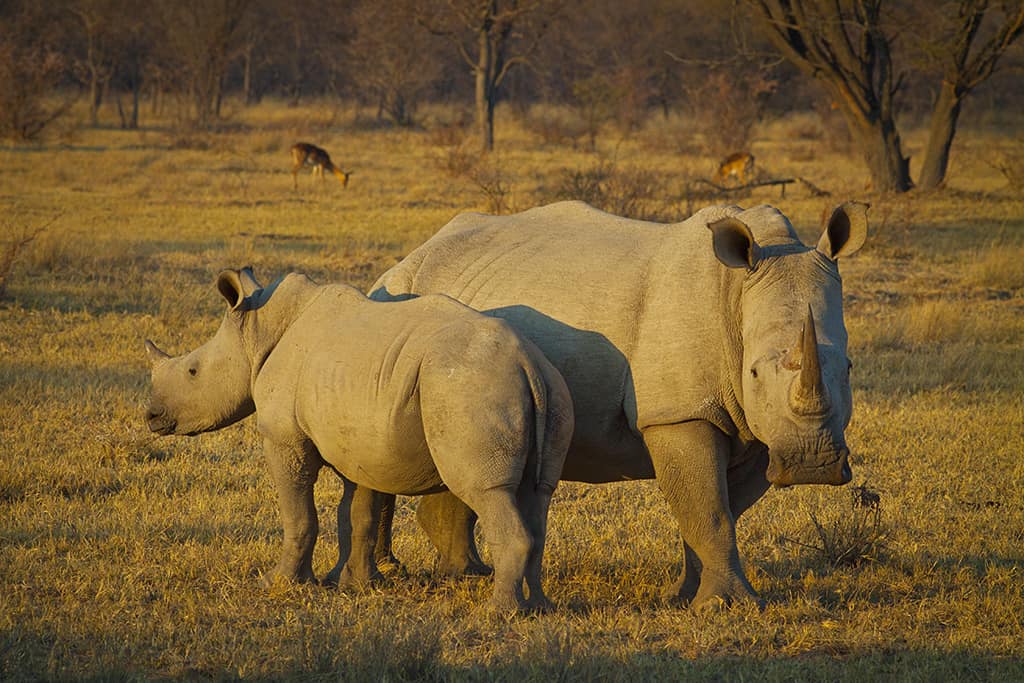“2020 was really a hard test for all of us, but giving up is not the mentality of any true scientist,” an expert says.
No animal is closer to extinction than the northern white rhino in Africa with only two known surviving members of the species, a mother and a daughter.
Both are in captivity in Kenya and under constant guard from poachers. Yet the prospects of their species have long looked bleak as the two surviving females can no longer mate naturally for want of a male.
Encouragingly, however, the efforts of scientists to produce embryos from the females’ eggs and the frozen sperm of a male rhino that died in 2018 are bearing fruit. The scientists have just succeeded in creating two more embryos, which means they now have five at their disposal.
The embryos are stored at a laboratory in Cremona, Italy, and the plan now is to implant them into surrogate mothers in March.
“2020 was really a hard test for all of us, but giving up is not the mentality of any true scientist,” stresses Thomas Hildebrandt from the Leibniz Institute for Zoo and Wildlife Research in Germany who is the leader of the team tasked with the project. “Christmas gave us a present: two embryos. And we are extremely happy about that.”
Yet time is of the essence because the two living rhinos are both ageing and they will still need to serve a large role in saving their species even if they can’t bear young themselves. “We are under time constraint because we want really a transfer of the social knowledge from the last existing northern white rhinos to a calf,” Hildebrandt explains.
Northern white rhinos, the world’s second largest land animals after elephants, were once ubiquitous in East and Central Africa, but big game hunting by trophy hunters and habitat loss took a toll on the species. By the 1960s, only around 2,000 of them remained.
In recent decades, like all other species of rhino worldwide from Africa to Sumatra, northern white rhinos have also been poached for their horns as practitioners of traditional Chinese medicine attribute miraculous curative properties to those protuberances of keratin, the same substance that is in people’s hair and nails.
“Uncontrolled hunting in the colonial era was historically the major factor in the decline of white rhinos. Today, poaching for the illegal trade in their horns is the major threat,” explains the World Wide Fund for Nature. “Powdered horn is used in traditional Asian medicine as a supposed cure for a range of illnesses – from hangovers to fevers and even cancer.”
Nor is the northern white rhino the only critically endangered rhino. The Sumatran rhino, which once thrived In jungles in Malaysia and Indonesia, is down to its last few members in the wild as well. Scientists are hoping to save the species by help of a similar artificial breeding project.
This story first appeared on Sustainability Times
South Africa Today
© 2021 Sustainability Times.
This article is licensed under a Creative Commons Attribution-ShareAlike 4.0 SA International License.












